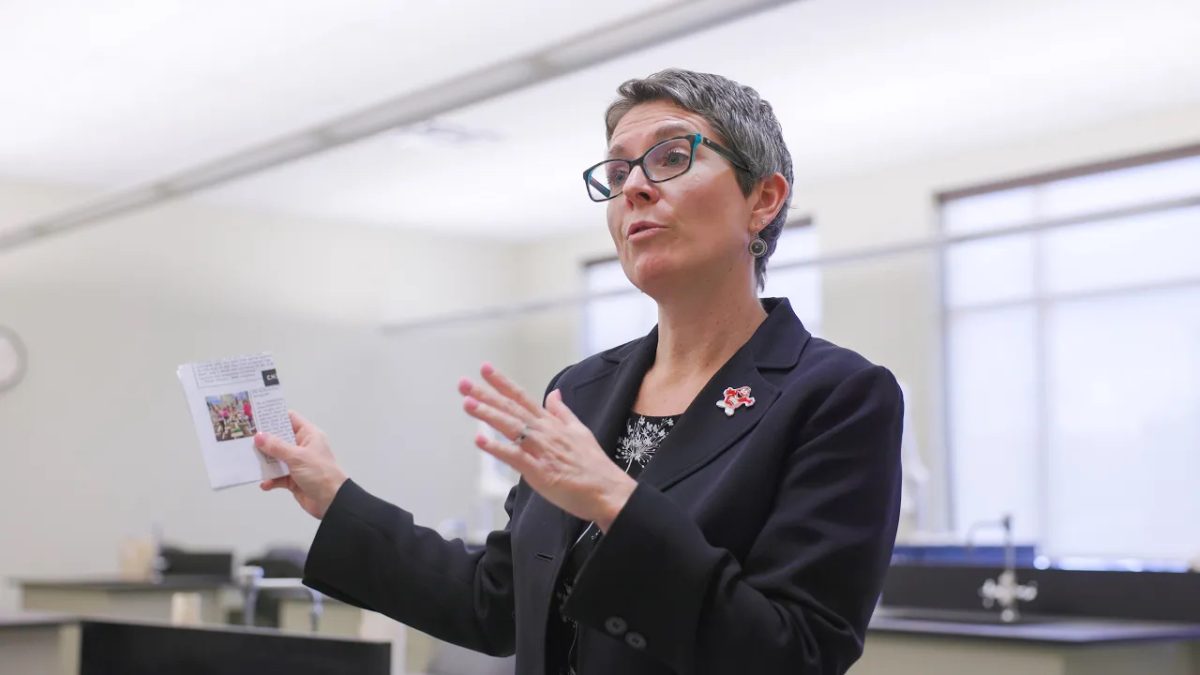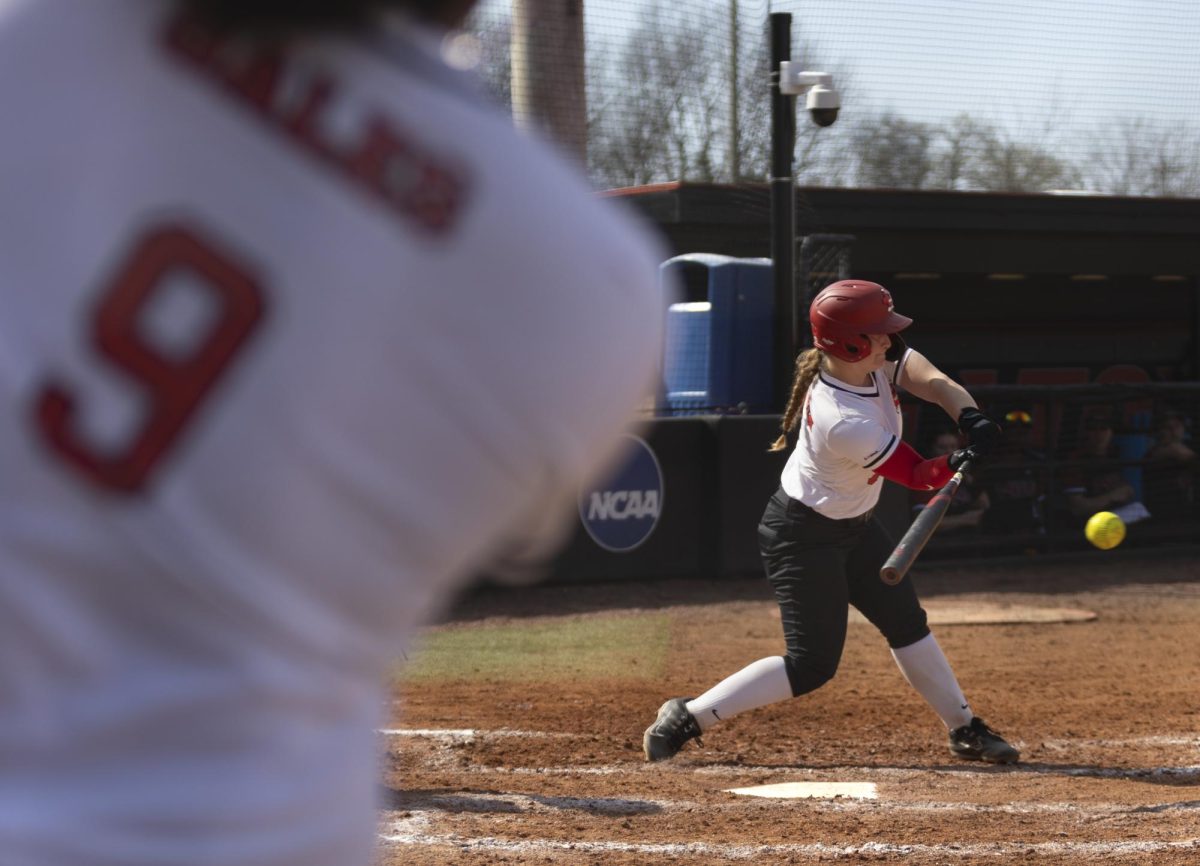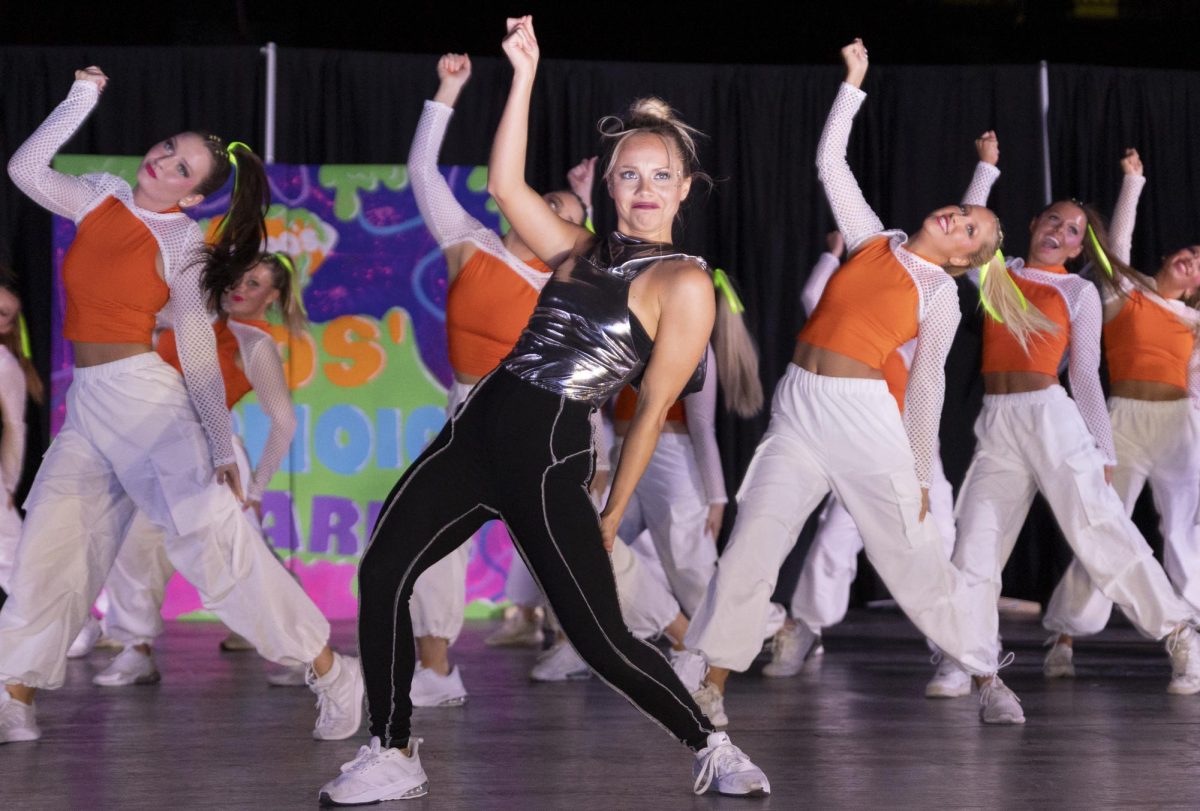October thefts total more than $3,000
October 17, 2013
Since the beginning of the semester, 90 crimes on campus have been reported, with a combined 37 arrests and 53 reports.
Alcohol charges and theft reports rank highest in terms of crimes, while assault and drug-related reports are among the lower rank.
Starting Aug. 26, a total of 25 arrests have been made for alcohol-related charges. Twelve students have been arrested for driving under the influence, while 13 have been arrested for alcohol intoxication in a public place.
Five reports of theft occurred at Preston Center, placing the building on top of the list of places thefts are reported on campus. An estimated $2,221.99 worth of items have been taken in Preston since Aug. 26, according to crime reports.
Louisville junior Zach Van Zant had items stolen from his locker in Preston on Aug. 23.
“Me and one of my buddies went to play basketball and go work out. We locked our stuff — I had a lock that I brought with me — and I locked it up in the locker room,” he said. “When we came back, someone had busted the lock off.”
Van Zant’s phone and cash from his friend’s wallet were stolen, amounting to an estimated $880 that was never returned.
“From here on out, I’m not going to lock anything in the locker room because there aren’t any cameras in there or anything like that,” he said.
A total of 31 accounts of theft have been reported since the beginning of the semester, amounting to an estimated $12,632.98 stolen from locations on campus. This does not include items that weren’t given an estimated value, which include six credit cards, an ID, an iPhone 4, a wallet, and three phones that were later returned to their owners. Since Oct. 1, an estimated $3,506.99 worth of items have been stolen from locations on campus.
Dominic Ossello, public information officer, said it’s hard to classify theft because it encompasses a variety of things, but three main categories for theft on campus are bike theft, thefts from dorm rooms and thefts that occur in the Preston Center.
“A thing to remember is to secure your property,” Ossello said. “Especially at places like Preston where students put things in a locker but did not put a lock on it. A couple bicycles that were taken were not chained.”
Students not locking their dorm doors lead to the majority of dorm thefts, Ossello said.
“We really want students to lock their doors, even if they’re only going to the bathroom,” he said.
While the police department does everything they can to retrieve stolen items, it’s not always easy.
“Normally, if we can get it back within that first week, the chances (of getting it back) are higher,” he said. “If it goes longer than that, it’s normally gone.”
There are extra measures students can take, however, to better ensure getting their property back.
“When it comes to cell phones, there’s a lot of things people can do,” Ossello said. “Writing down serial numbers and things like the locatemyphone app can really help us in getting property back.”
Thefts in Preston locker rooms make things difficult to investigate because of measures taken to ensure privacy, though there are certain clues detectives can use, Ossello said.
“With theft reports, we’re looking for suspicious activity,” Ossello said. “We’ve got outside cameras for bicycles and cameras used in Preston to see if anyone is going in and out of locker rooms. There’s none in there (the locker rooms), but if we’ve got multiple people coming in and out that, helps us narrow it down.”
While cameras aren’t in place inside of locker rooms or dorms, there are certain instances that could potentially help police.
“If students are sitting in their dorm room and someone opens the door and says ‘Oh, I’m in the wrong room,’ let your RA know,” Ossello said. “It might’ve been an honest mistake, but if there’s something more, let someone know. That way, if there are thefts, we might have someone to talk to.”
Criminal damage reports have also decreased since the first couple of weeks of the semester, something that Ossello believes comes from police being more visible.
“It just goes back to the proactivity — letting students know we’re out there and visible, showing students what we can do,” he said. “This a good environment for people to learn. If we can keep the attendance for people who want to be here and want to learn, then we’ve found we have a lot less issues.”
With most criminal damage reports occurring in parking lots around campus, Ossello said increased foot patrols have made it easier to identify and prevent a crime.
“It’s a whole lot easier for an officer to walk around not in a police car,” he said. “They’re not as noticeable and it kind of gives more opportunity to see if there’s a crime going on. Once you start getting that visibility out there, it’s not as easy of a target.”
Ossello said these instances will always happen, but students can help make a difference in how often.
“There’s always gonna be the easy, low-hanging fruit that criminals jump on,” he said. “If students call when they see something suspicious, it really helps make that a little more difficult.”



















![Students cheer for Senator at Large Jaden Marshall after being announced as the Intercultural Student Engagement Center Senator for the 24th Senate on Wednesday, April 17 in the Senate Chamber in DSU. Ive done everything in my power, Ive said it 100 times, to be for the students, Marshall said. So, not only to win, but to hear that reaction for me by the other students is just something that shows people actually care about me [and] really support me.](https://wkuherald.com/wp-content/uploads/2024/04/jadenmarshall-600x422.jpg)



